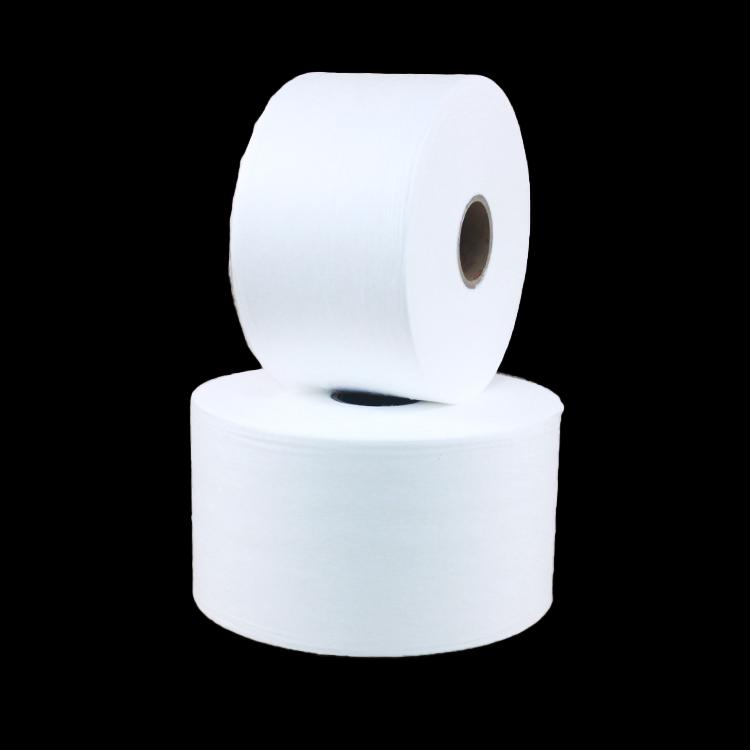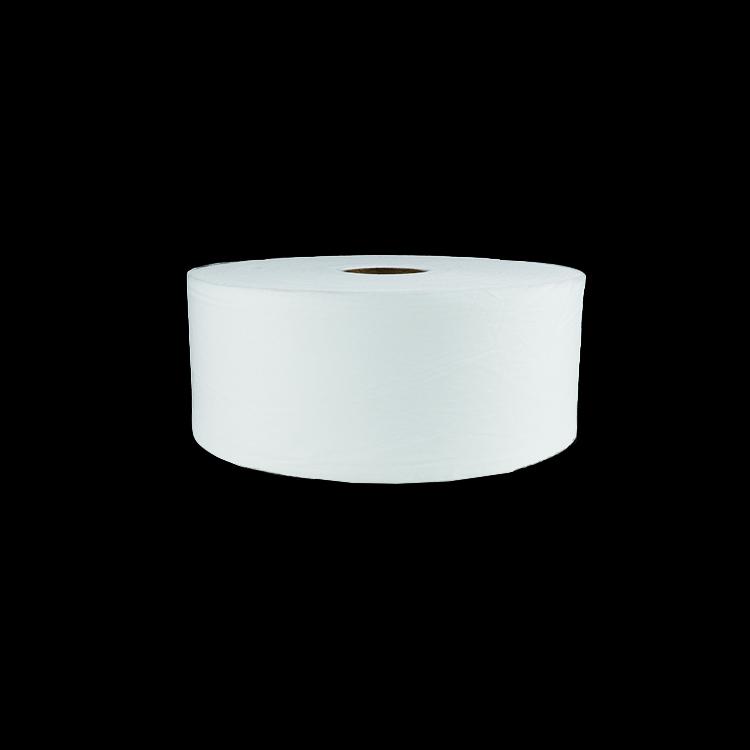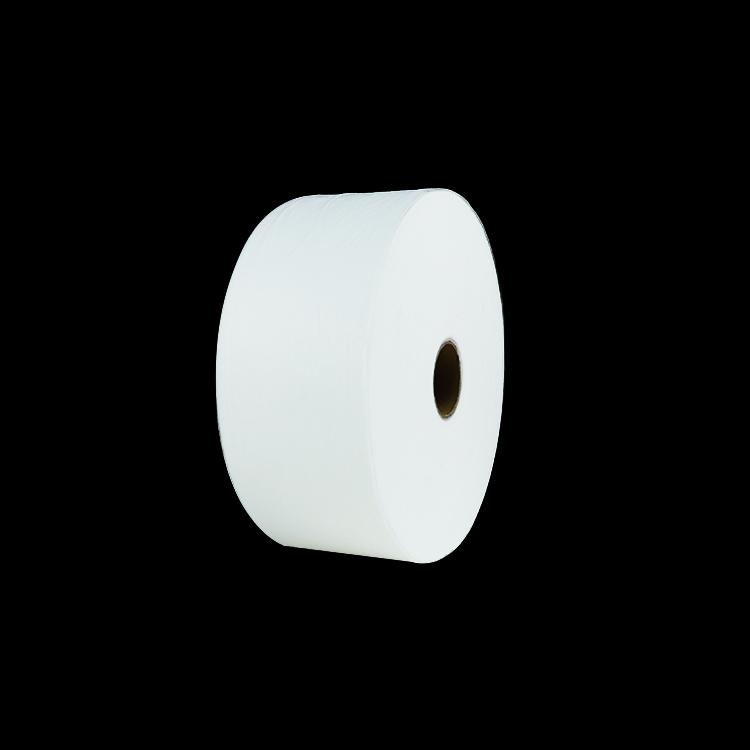Author:Baby & Adult Diaper Materials FROM:Diaper Materials Manufacturer TIME:2023-03-07
Sanitary thin thermal bonded nonwoven is mainly made of polyolefin fibers, which has the characteristics of softness, dryness, smoothness, non-infection of microorganisms and relatively low price. It is widely used as a covering material for disposable sanitary products. In recent years, with the commercial production of hot-rolled fibers for sanitary thin nonwovens and the specialized production of hot-rolled cloth, the performance of hot-rolled cloth tends to be more functional, and its application range has been greatly expanded. For example, in recent years, most of the baby poop pants in European and American countries have adopted water-repellent thermal bonded nonwoven on the back. Although the hot rolling process is one of the most mature traditional nonwoven production processes, the special properties of sanitary thin nonwovens make the production process different from the traditional thermal bonded nonwoven production process for other purposes.

In line with the microbial indicators, the raw materials themselves are non-toxic to the human body and have no side effects are the most basic requirements for the selection of raw materials for sanitary products. Then, the appropriate fiber raw material is selected according to the end use of the hot-rolled cloth and the production equipment. Polypropylene fiber is the most important raw material for sanitary hot-rolled nonwovens. Skin-core composite fibers of polyethylene and polypropylene are also used in a certain amount.
The polypropylene fiber (PP) used in the hot rolling process has the properties of low strength and high elongation. The so-called "low strength and high elongation" refers to the fiber with low breaking strength and high breaking elongation. Polypropylene fibers with this characteristic can achieve high bond strength at relatively low hot rolling temperature and pressure, and at the same time reduce fiber damage at non-knot nodes to obtain a soft hand. The melting point of polyethylene (PE) is lower than that of polypropylene, and the skin-core structure composite fibers co-spun with polypropylene mainly play a role in reducing the temperature of the hot-bonding table in hot-rolled nonwovens. Some manufacturers use composite fibers to properly improve the softness of nonwovens.

The hot rolling process system is generally divided into four parts: the raw material opening and mixing part, the carding part, the hot rolling reinforcement part and the coiling and slitting part. The specific configuration of each part generally depends on the requirements and output of the main products to be processed; and the design style of the equipment supplier will also affect the configuration of the equipment. A typical production route for thin hot-rolled nonwovens is: fiber opening and mixing, carding, hot rolling, winding and slitting.


 Email: info@whldiapernonwoven.com
Email: info@whldiapernonwoven.com
 MP/WhatsApp: +86-13599937366
MP/WhatsApp: +86-13599937366
 Manufacturer Address:Room 1105B, Bld M1, Manhattan, Yulongwan, Shimao, Shuanglong Road, Meiling Street, Jinjiang, Fujian, China
Manufacturer Address:Room 1105B, Bld M1, Manhattan, Yulongwan, Shimao, Shuanglong Road, Meiling Street, Jinjiang, Fujian, China